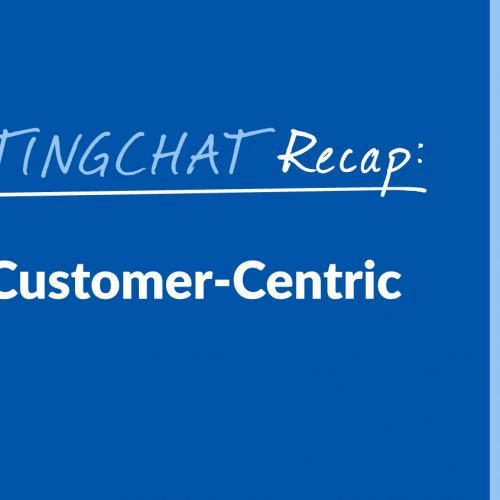
Could your email marketing use a major boost? If so, you’re in luck! This week’s #ContentWritingChat was all...

Could your email marketing use a major boost? If so, you’re in luck! This week’s #ContentWritingChat was all...
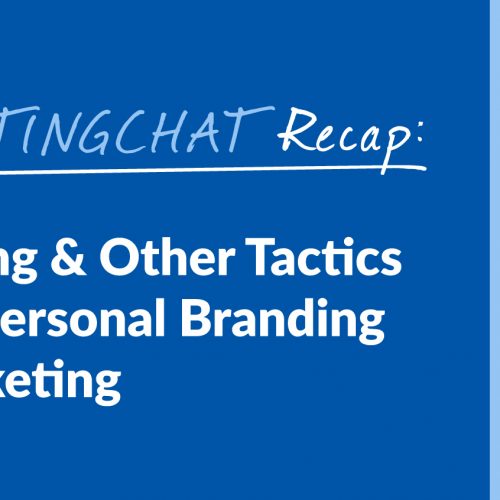
In our latest #ContentWritingChat, we talked all about storytelling and personal branding. If you’re ready to take your...
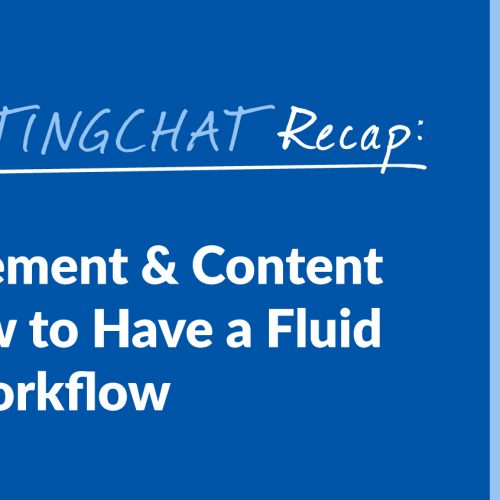
In the latest #ContentWritingChat, we talked all about project management and content marketing. If you want to learn...
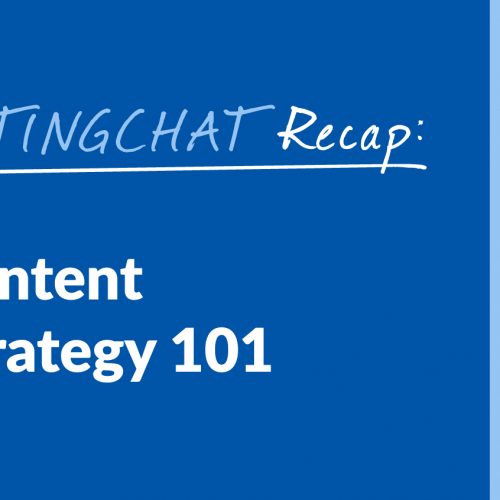
It’s no secret that every brand needs to have an effective content marketing strategy if they want to...
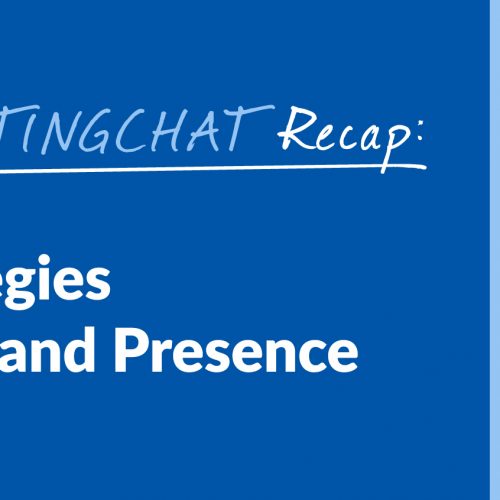
You might think Twitter is a dying platform, but we’re about to prove you wrong with our latest...
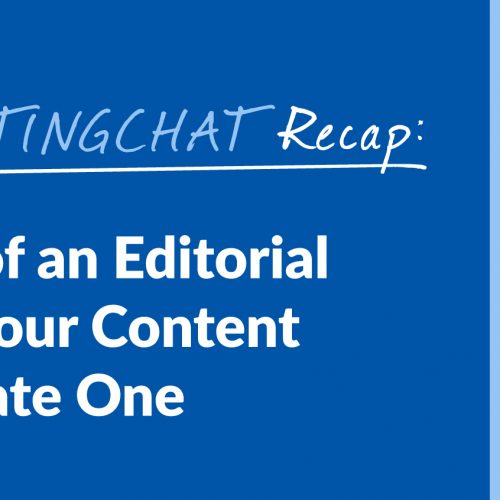
Editorial calendars are an essential part of any content creator’s life. They keep you organized and allow you...
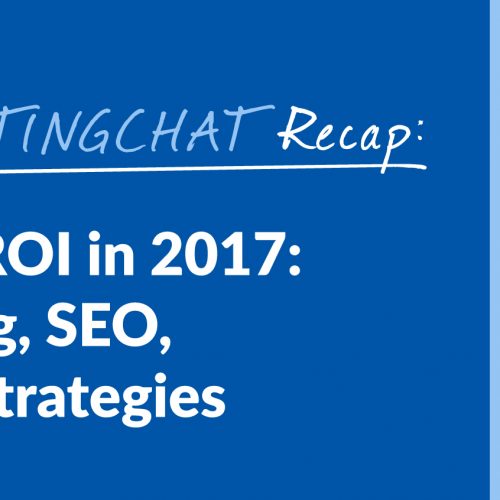
Are you curious about blogging for ROI in 2017? That’s what we covered in our latest round of...

Did you catch #ContentWritingChat this week? If not, there’s no need to worry! We have a recap of...
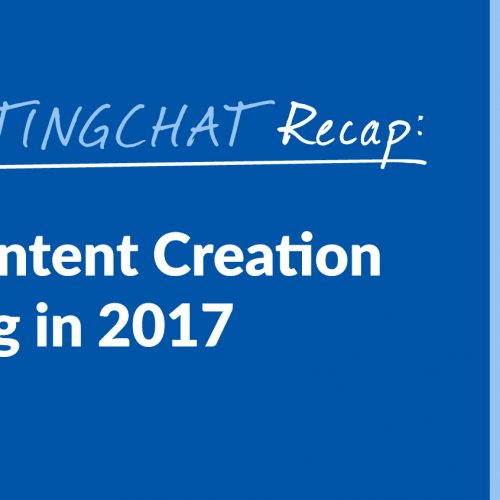
Did you catch our latest #ContentWritingChat over on Twitter? If not, you missed one informative chat! We talked...
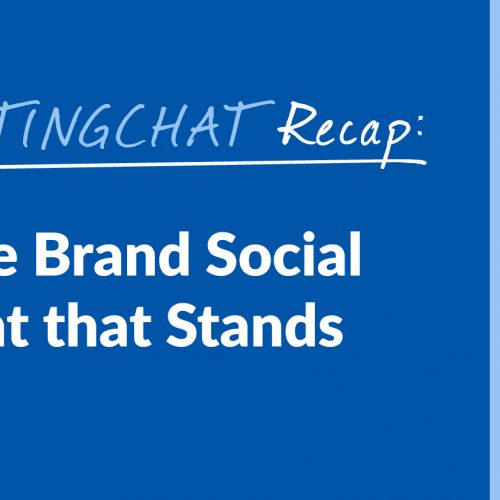
Did you catch #ContentWritingChat this past Tuesday? We talked all about how to creating social media content in...
No HR needed to get access to the best writers, editors, QAs, and strategists. We are your all-in-one content writing service delivering publish-ready content.
Copyright – 2025 Express Writers -All rights reserved